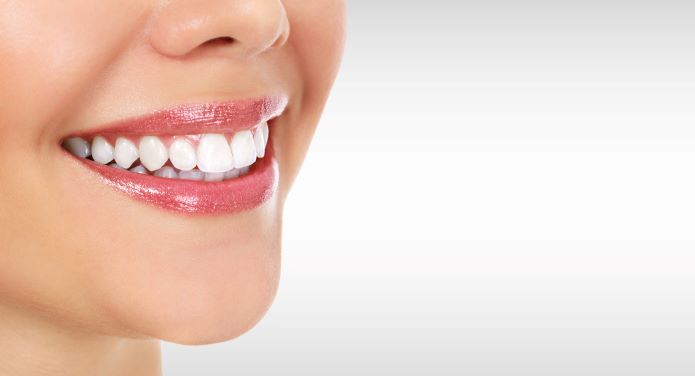Someone once said that if you keep smiling, the sun will shows its face and smile back at you. But what if you’re someone who doesn’t smile nearly as often as you should because your teeth aren’t as white as they used to be? Well, of course, that doesn’t mean that the sun never shows itself to you, but it almost definitely means that you’re not showing your best to the world around you. If your teeth are discolored, or they’re not as bright and healthy looking as you’d prefer, you’ve probably thought about a whitening procedure. In that case, there are quite a few methods of teeth whitening available to you. But which method should you choose? Over-the-counter teeth whitening systems and in-office whitening procedures performed by cosmetic dentists all whiten teeth, but there are major differences, in cost, in effectiveness, and in how long the whitening lasts.
Reasons for tooth discoloration
There are several reasons that teeth can become discolored. The most common ways that teeth can get dingy, yellow, or brownish in color include smoking, aging, diet, and poor brushing habits. Smoking, in fact, is one of the main reasons that teeth can yellow, especially in people who are long-term smokers. Cigars and cigarettes contain elements that corrode teeth, including carbon monoxide, tar, and hydrogen cyanide. When smoke is inhaled as a cigarette or cigar burns, residue from these chemicals is left on the teeth, and it’s very difficult to get rid of, especially because the effects cannot be seen. Aging is also a big factor in the yellowing or browning of teeth. Time in and of itself can discolor teeth even if a person does not observe poor dental hygiene habits. Of course, poor oral health and hygiene habits are just as bad on teeth as smoking. Nothing will cause tooth discoloration more effectively than neglect of brushing, flossing, and regular visits to a family dentist. Poor diet can also cause teeth to become discolored. Couple this with any other of the above factors, and you’ve got a recipe for dental disaster.
Process of teeth whitening
People have been searching for more and better methods of whitening their teeth since ancient times. Back then, folks even went as far as to use urine to whiten their teeth. Pretty drastic, perhaps, but it worked, and the reason is that urine contains ammonia that has the power to whiten teeth. Thankfully, in modern times there are other effective means of whitening teeth. In fact, teeth whiteners have become one of the most popular procedures in cosmetic dentistry today, and here’s how it works:
First, your cosmetic dentist will discuss the different options available to you. Patients who have had root canals, meaning they no longer have live nerves in those teeth, may be able to use what is known as a ‘non-vital’ whitening method. Patients who have not had a root canal procedure will need what is known as a ‘vital’ whitening method. Vital teeth whitening methods are protective of tongue and gums, ensuring that any gel solutions do not touch these areas. Non-vital methods, in effect, whiten teeth from the inside out, wherein solution is placed inside teeth that are being whitened and a temporary filling is placed. There are several processes that can be used for in-office teeth whitening available today. The most common and popular are deep bleaching and gel-and-laser.
Deep Bleaching
Deep bleaching systems are extremely effective whiteners. They utilize trays that are custom made to fit over a patient’s teeth. This procedure is safe for teeth, and it can be very comfortable, especially because patients are able to take their custom-fitted trays with them to use at home. Some bleaching systems will have patients sleeping while wearing the trays. To some people this sounds like it can be uncomfortable, but the truth is that the custom-made trays are surprisingly comfortable. Deep bleaching systems often take a few weeks for best results.
Gel and laser
Gel-and-laser whitening systems utilize a gel formula combined with lasers. These whitening procedures are highly effective because the high-energy lasers used are very efficient at activating the gel solution. Gel-and-laser systems produce a healthy, natural white, making these systems extremely popular today. When the safe-but-effective gel is added to the laser, the process becomes very effective at whitening teeth. Gel-and-laser systems often can be performed in a single session in a dental office for maximum results. These systems typically lighten teeth by several shades in just one session, which makes them not only effective but convenient.
There are few things that can brighten your day and lighten your mood more effectively than to smile. In fact, studies have shown that simply smiling, even in the face of difficult situations, can ease pain and even help to bring about a solution to tough circumstances. If you’re not happy with the color of your teeth, and you even find yourself smiling less because of it, it might be time to consider a tooth whitening procedure. Contact a family dentist for more information on how tooth whitening procedures can help you get back your bright smile and confidence.




